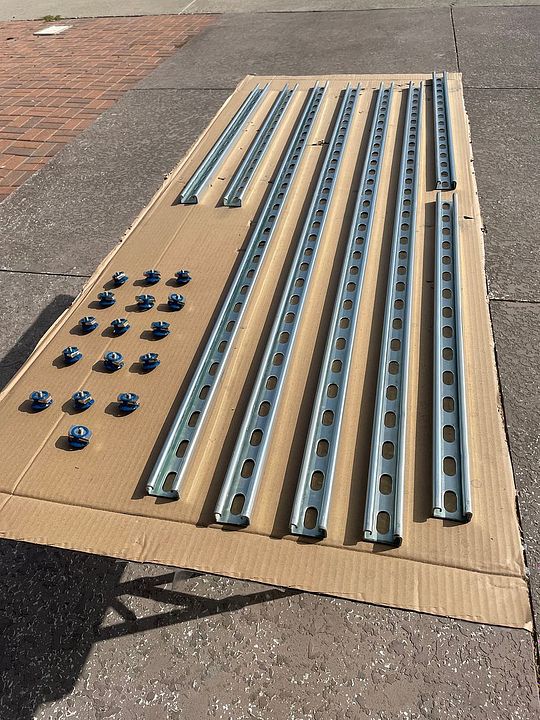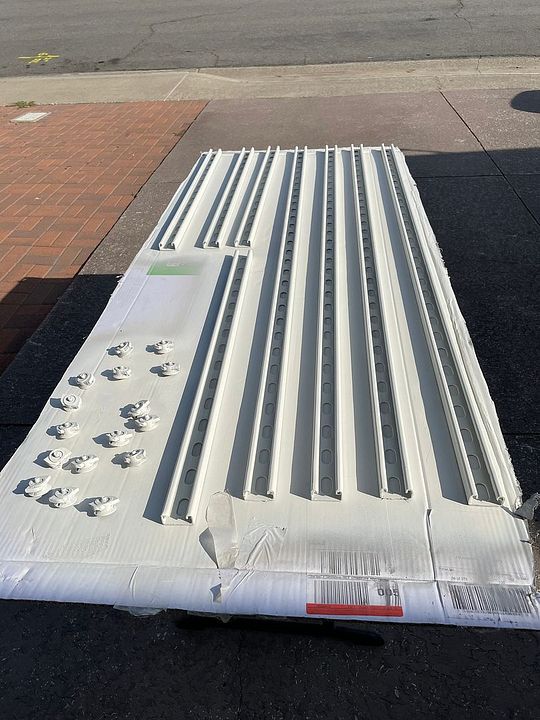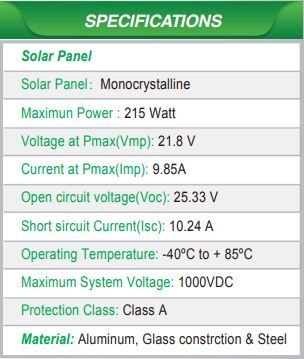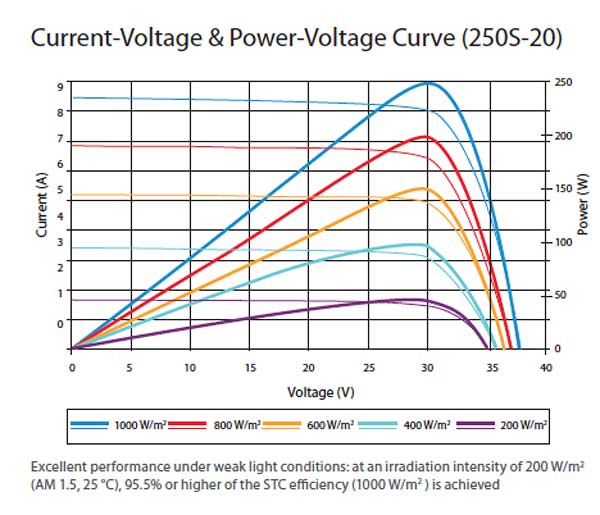Okay...first question...readers digest version: should I get a mppt controller?
I have a 'suitcase' system I bought a few years ago - I am now looking at putting more power on the roof - questions for another day. But I have been pondering this little array and what might make it work better, or at least as good as it can, based on what I'm learning here. It's an outstanding forum! And Will's vids are great.
The suitcase setup is two 80w poly panels hinged together in a nylon case with folding legs. It had a cheapo pwm 15a charge controller attached to one of the panels, they are wired 2p. I made up a 10awg lead 22' long so it can be placed fore or aft of the RV, connected to the house batteries - two GC2's. I don't have meters or testers, other than a volt meter, so I have no idea what it's putting out. But it does charge, and raises the volts up to charge level. Obviously it's never going to peak the 220ah bank over a couple of days of dry camping. I estimate we use about 40-60ah of power per day. The new roof array is planned to be 3-400 watts with an mppt controller, use them together when needed.
Recently I decided the suitcase controller should be a lot closer to the battery bank, mainly for current drop from the long leads. So I mounted it on the wall next to the power compartment and connected it with less than two feet of 10awg to the 12V bus bar, and then the PV lead to the exterior wall and installed a 10awg SAE port. The long lead wires now connect direct to the panels, still parallel, and can plug into the SAE port. Yes, the junction boxes were a mess - I installed ring terminals on the leads and cleaned up all the wiring. Yes I see now the SAE connector isn't all that great, but it's a pretty low power setup, and the lead wires are all 10awg. Now at least the current drop is on the raw PV power before it gets to the controller, instead of the drop in power output like it was.
What I am now wondering is what benefit I would get by connecting them in series to an mppt controller, like a victron 75/10 or similar. Would the cost involved upgrading the controller give me much of an improvement in output? Would it be worth doing?
Panels are standard 12v items - rated like 21.5v open and 4.55a.
Photo of them deployed.
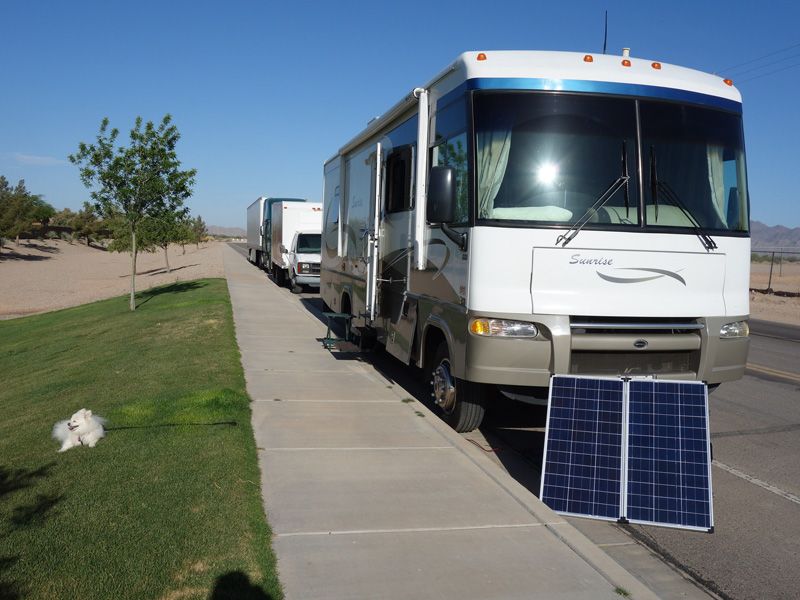
I have a 'suitcase' system I bought a few years ago - I am now looking at putting more power on the roof - questions for another day. But I have been pondering this little array and what might make it work better, or at least as good as it can, based on what I'm learning here. It's an outstanding forum! And Will's vids are great.
The suitcase setup is two 80w poly panels hinged together in a nylon case with folding legs. It had a cheapo pwm 15a charge controller attached to one of the panels, they are wired 2p. I made up a 10awg lead 22' long so it can be placed fore or aft of the RV, connected to the house batteries - two GC2's. I don't have meters or testers, other than a volt meter, so I have no idea what it's putting out. But it does charge, and raises the volts up to charge level. Obviously it's never going to peak the 220ah bank over a couple of days of dry camping. I estimate we use about 40-60ah of power per day. The new roof array is planned to be 3-400 watts with an mppt controller, use them together when needed.
Recently I decided the suitcase controller should be a lot closer to the battery bank, mainly for current drop from the long leads. So I mounted it on the wall next to the power compartment and connected it with less than two feet of 10awg to the 12V bus bar, and then the PV lead to the exterior wall and installed a 10awg SAE port. The long lead wires now connect direct to the panels, still parallel, and can plug into the SAE port. Yes, the junction boxes were a mess - I installed ring terminals on the leads and cleaned up all the wiring. Yes I see now the SAE connector isn't all that great, but it's a pretty low power setup, and the lead wires are all 10awg. Now at least the current drop is on the raw PV power before it gets to the controller, instead of the drop in power output like it was.
What I am now wondering is what benefit I would get by connecting them in series to an mppt controller, like a victron 75/10 or similar. Would the cost involved upgrading the controller give me much of an improvement in output? Would it be worth doing?
Panels are standard 12v items - rated like 21.5v open and 4.55a.
Photo of them deployed.





